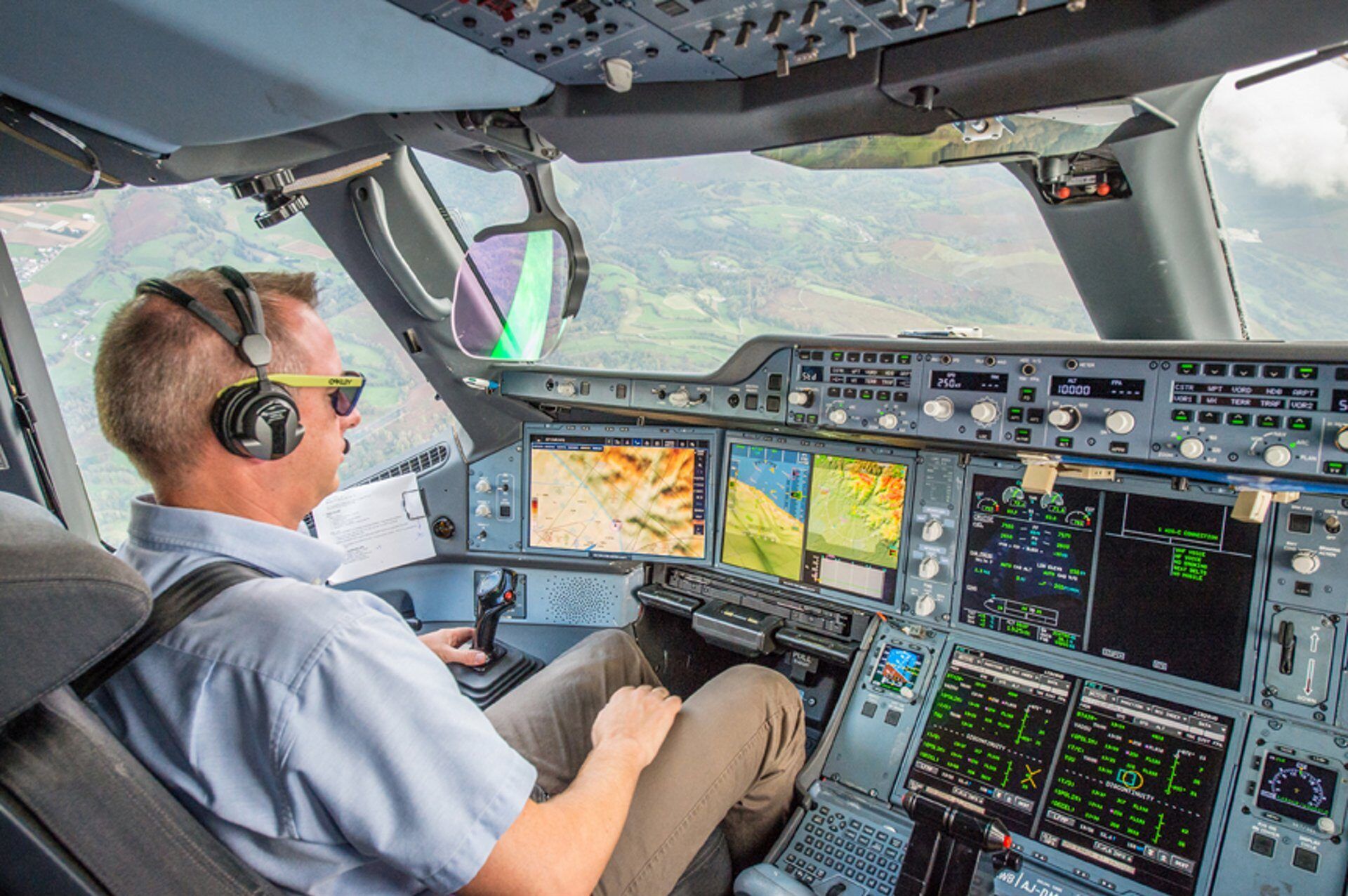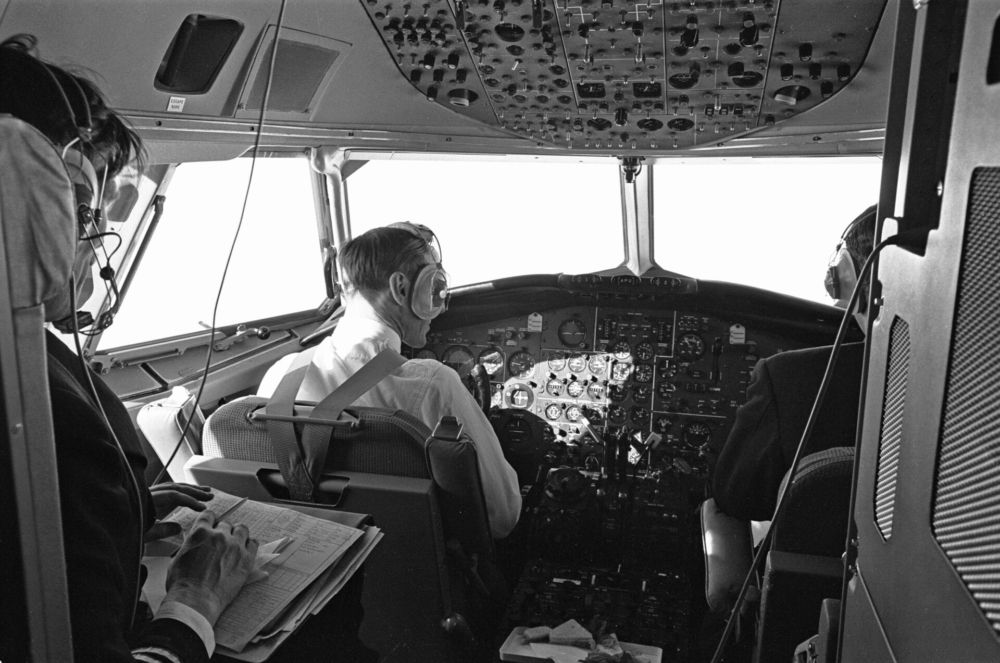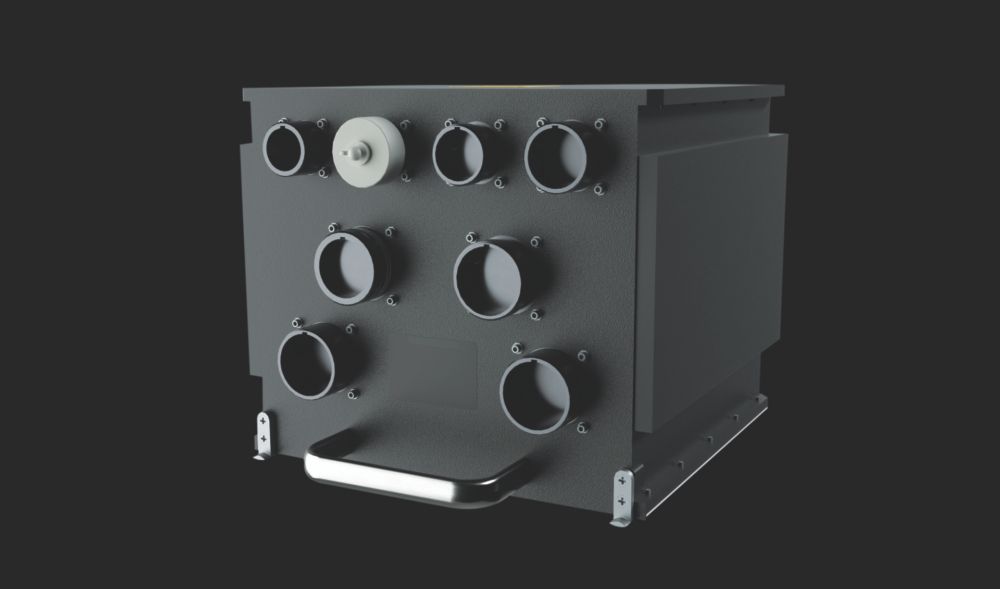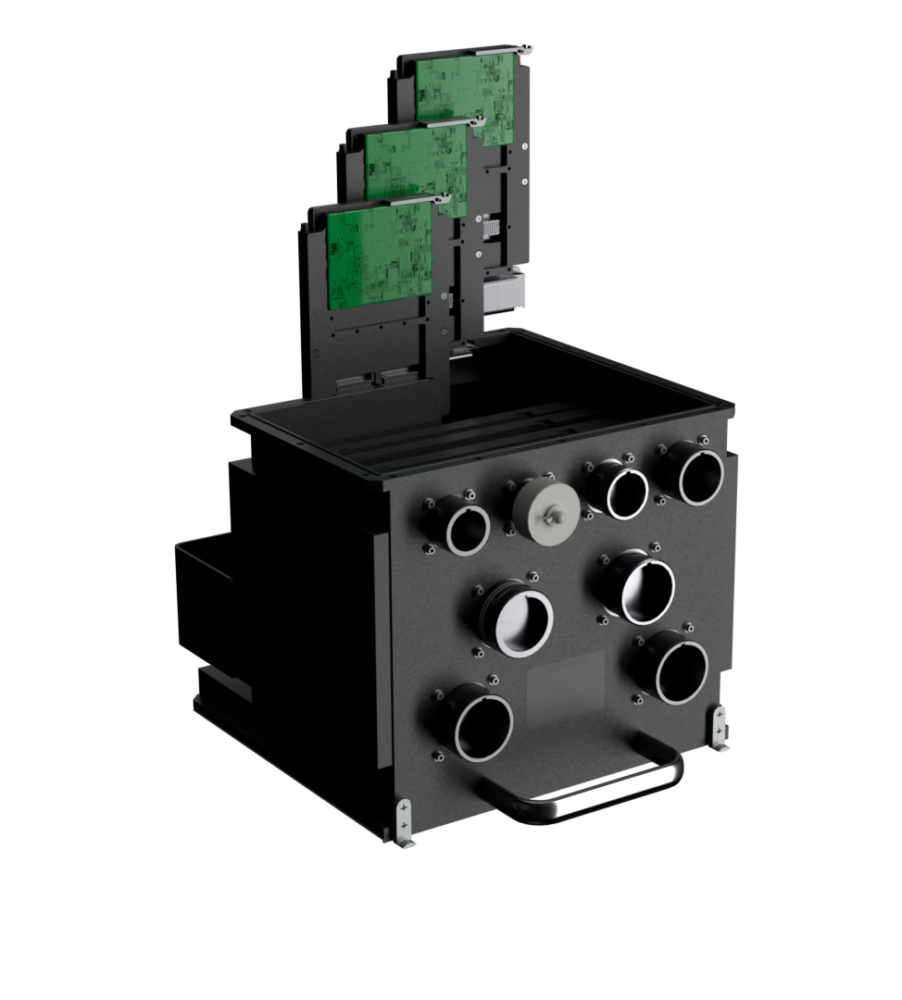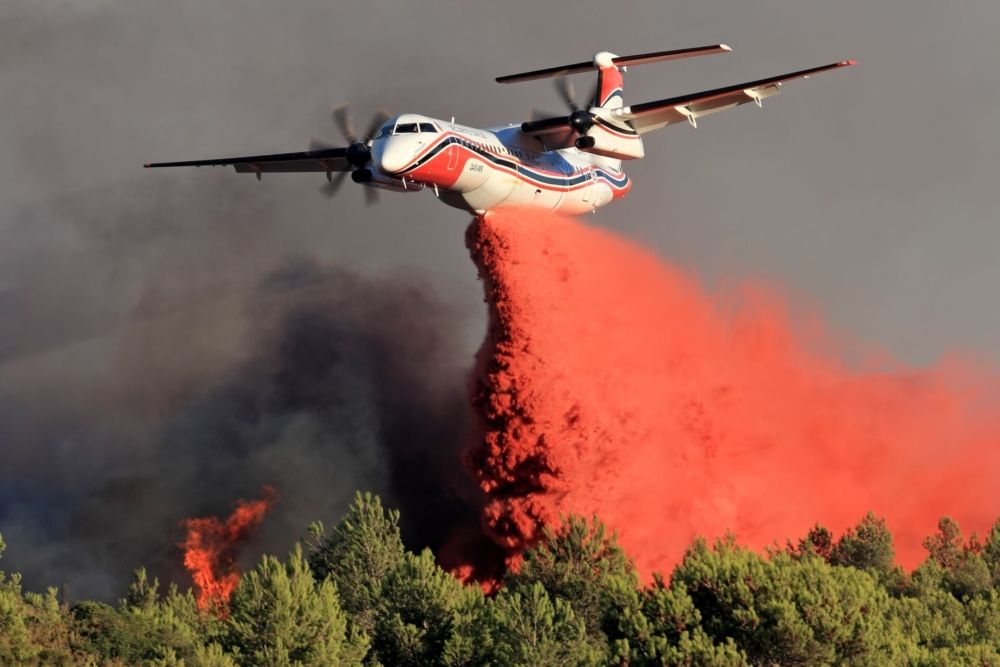Earlier this year, Collins Aerospace launched a new, state-of-the-art flight control computer known as Perigon™. Boasting 20 times the processing power of its predecessors, this neat bit of kit provides the aerospace industry with the tools it needs to advance aviation’s future capabilities.
Key to the development of Perigon is the need to introduce more automation in the cockpit. From cybersecurity and predictive health maintenance to autonomous flight and single pilot operations, this platform is set to form the basis of the flight of tomorrow. Simple Flying caught up with Steven Avritch, Senior Technical Fellow at Collins, to find out more about this cutting-edge system and exactly what it’s capable of.
Increasing autonomy
There have been mixed reactions to the idea of operating commercial flights with just one pilot in the cockpit. Earlier this year, EASA said it was open to the relaxation of some of the rules relating to single pilot operations (SPO), and just this week, the agency published a call for tender to assess the risks associated with SPO. Planemaker Airbus has said it’s the long-term future for the industry.
However, the industry isn’t quite there. The Air Line Pilots Association (ALPA) has warned of the dangers of SPO, as has the European Cockpit Association (ECA). Neither are keen to support the idea. But Collins isn’t claiming that the world is entirely ready for SPO yet, as Avritch noted,
“About every 10 to 15 years, the industry goes through evolutions of the kind of functions that the aircraft needs to perform by itself, automated, and we're starting to approach that precipice again. Operators are starting to want more enhanced features in their autopilot systems, pushing towards autonomy. It’s the ultimate goal, but it's sometime in the future, it's not now.”
Of course, there is some background to reducing personnel in the cockpit, as we’ve seen over the past few decades. Avritch explained,
“If you look back 50, 60, 70 years ago, there were generally four folks in the cockpit: the pilot, the copilot, the engineer, and the navigator. It was that way for years, and nobody thought it would change. And as the aircraft became more automated, they got rid of the navigator in the 1970s. And as the aircraft became even more automated and began doing things autonomously, like fuel balancing, engine monitoring, and things of that nature, even the engineer was no longer required.”
Today, we’re at a pilot and a co-pilot, and while much noise has been made around the potential to reduce this to a single pilot at some point in the future, Collins isn’t forecasting the demise of the co-pilot any time soon. As anyone can appreciate, there is still much work to do before single pilot operations would become acceptable to the regulators and airlines, let alone the flying public.
Nevertheless, Collins is investing in the technology that can support these advanced levels of automation, wrapped up in a platform called Perigon.
What’s in Perigon?
Airlines were only able to do away with the roles of the navigator and engineer because the aircraft had certain automation features built in. Those autonomous activities were supported by computers, albeit fairly simple ones to start with. To move toward more automation in the future, airplanes need ever more powerful computers to process these increasingly complex functions. This is where Perigon comes in.
“In order to implement these functions, the amount of processing horsepower goes up by orders of magnitude. Not only do you have to run the calculations to execute those functions, but you also have to interface with high-speed sensors producing tons of data in order to make real-time decisions,” Avritch noted.
“With Perigon, we're using the latest and greatest multi core processors that have approximately 20 times the horsepower than a reasonably modern computer flying on a typical commercial airliner today.”
The system has been designed to be modular too, allowing airlines to add functionality in a similar way to how we add apps on our smartphones. It’s capable of being customized for different uses, allowing customers to avoid costly certification of bespoke systems, and it’s future-proofed, with low risk of obsolescence thanks to its modularity.
What it’s capable of doing will be down to the airlines to decide, but Avritch gave us some ideas. For example, Perigon could be used for incapacitation detection, not only detecting that the pilot is incapacitated but also selecting an airport, contacting ground control, and undertaking the approach and landing all by itself. That’s just one function that can be possible with such a powerful platform.
A role to play well before SPOs are a reality
Putting SPOs to one side for a moment, it’s important to realize that augmenting autonomy is a good thing for aviation in general. As automation increases, the workload for the pilots decreases, allowing them to focus on those things that cannot be done by computer. Not only that, but it removes the risk of human error, allowing computer-controlled systems to intervene and avoid catastrophe, thereby increasing levels of safety.
Take, for instance, firefighting operations. These pilots have to deal with some of the most treacherous flying conditions known to man, flying low in near-zero visibility with often turbulent, unpredictable interference. At present, firefighting operations have to stop when it’s dark, as it’s too dangerous to continue. Having more automation could mean round-the-clock firefighting, shortening the time it takes to get wildfires under control.
Even in commercial aviation, it’s clear to see the benefit. Having a system that not only warns of approaching terrain, for example, but actually takes evasive action would be a step-change in safety for passengers everywhere. Perigon isn’t the answer to all this, but it is the beginning of a new era for aviation. Avritch said,
“Perigon is a tool in the tool bag of what's required for this. You need sensing, you need algorithms, and you need the platform to execute all those algorithms. And that's where Perigon comes in. It is the execution platform for all those advanced algorithms required to implement these next-generation functions that are coming.”
Perigon won’t just be seen on brand new aircraft either. The system is retrofittable to older airframes, and is a top choice of replacement for some of the older, obsolete flight computers out there.

